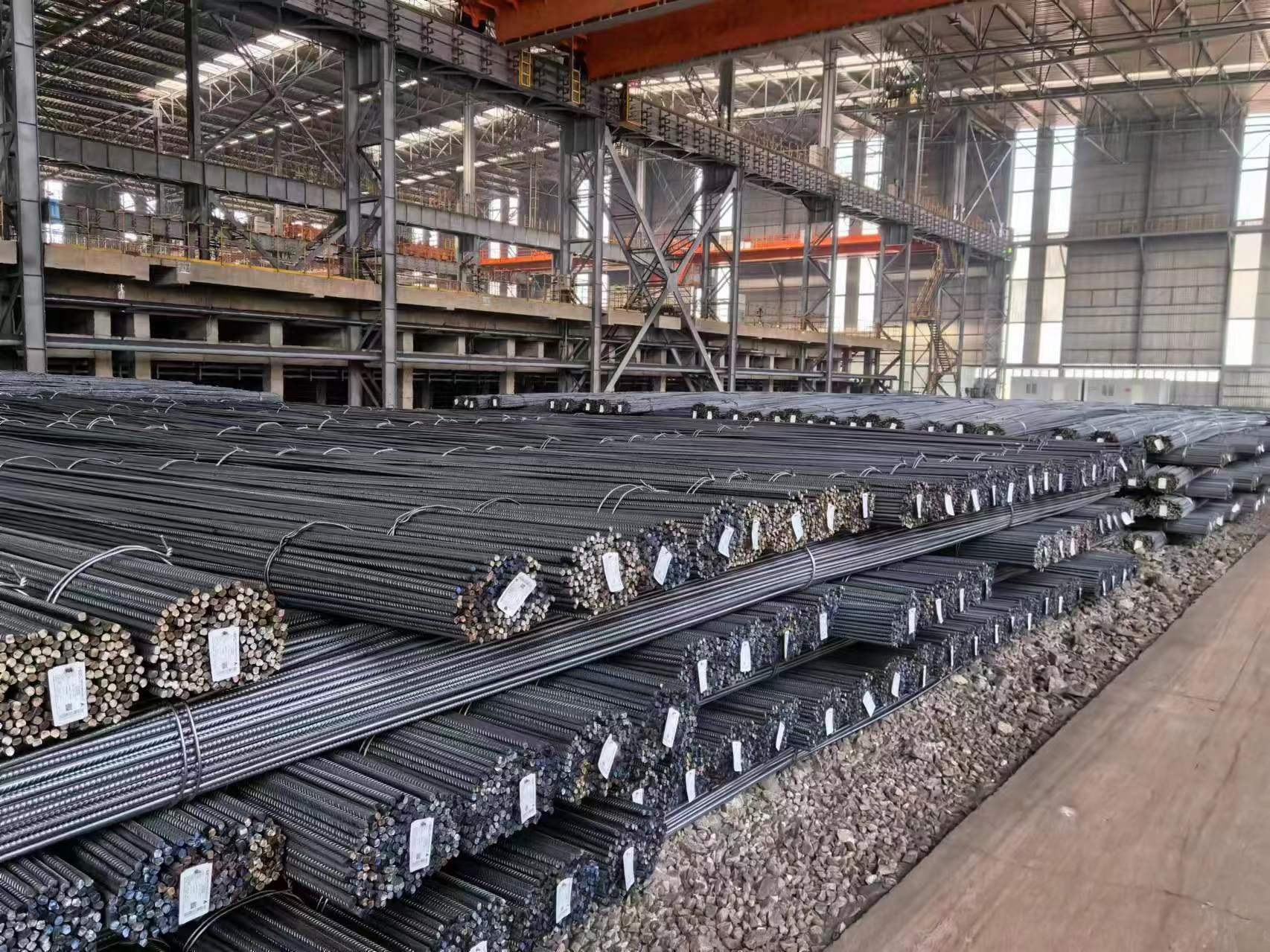Rebar production
The production process of rebar is a complex and delicate process involving multiple steps to ensure the quality and performance of the final product. First, the production begins with the selection of suitable raw materials, usually high-quality steel. These raw materials are smelted, heated to high temperatures and melted into liquid steel. Next, the liquid steel is poured into a continuous casting machine or pouring machine to form the initial steel billet through a mold. These billets are then cooled and rolled to form steel bars of different diameters and shapes.
During the formation of the rebar, different methods may be used, such as hot rolling, cold drawing or cold drawing, to achieve the required physical properties. For example, ordinary carbon steel hot-rolled round wire rods with a diameter of less than 10 mm can be straightened by an automatic straightening and cutting machine or cold drawing and straightening. For larger diameter steel bars, they may need to be connected by welding before cold drawing or direct cutting. The cutting of the steel bars is usually done using an electric or manual steel bar cutting machine.
The bending of the steel bars is another key step, which ensures that the steel bars can be bent to the required shape according to the design drawings. This is usually done on a bending machine, and for stirrups and small diameter bars, it may be done on a multi-head bending machine or a combined forming machine. Welding of the bars is also part of the production process, including methods such as flash butt welding, arc welding and spot welding to ensure the strength and stability of the connection.
In the processing of steel mesh and steel skeletons, the formed individual bars are combined into the required structure. This is usually done by manual tying, arc welding and spot welding. Especially in prestressed concrete structures, the processing of prestressed steel bars is particularly important, and they need to go through special manufacturing process.
